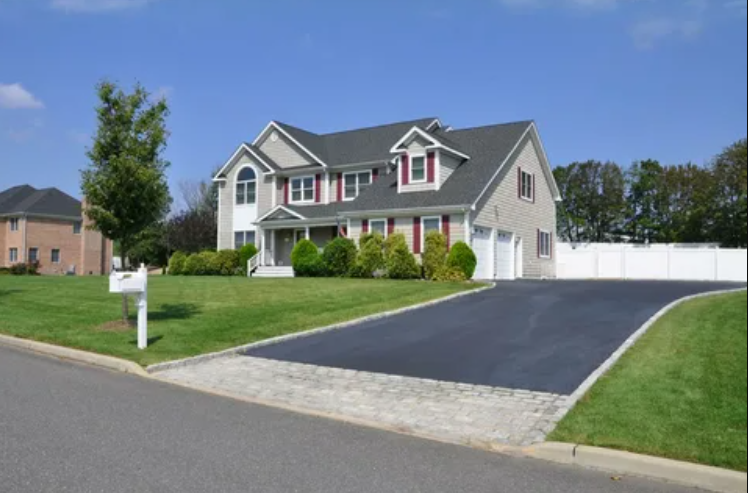In the ever-evolving landscape of the construction industry, the push towards sustainability has become a pivotal focus. Meticulous construction plays a crucial role in achieving sustainable building goals, ensuring that projects not only meet current environmental standards but also contribute positively to their surroundings. This article explores how meticulous construction practices are essential for sustainable development and the lasting impact they have on the environment and society.
Understanding Meticulous Construction
Meticulous construction refers to the precise and careful planning, design, and execution of building projects with an acute attention to detail. It involves rigorous project management, high-quality materials selection, and the integration of advanced technologies. This approach ensures that every aspect of construction is optimized for performance, durability, and minimal environmental impact.
Importance in Sustainable Building
Enhanced Resource Efficiency: Meticulous construction promotes the efficient use of resources, including materials, energy, and labor. By planning thoroughly and selecting the right materials, construction projects can minimize waste and reduce the consumption of non-renewable resources. For instance, using prefabricated components can lead to more accurate assemblies and less material waste.
Improved Energy Performance: Buildings designed and constructed with a meticulous approach often exhibit superior energy performance. Effective insulation, high-quality windows, and the incorporation of renewable energy sources are all meticulously planned to ensure that buildings consume less energy, thereby reducing their carbon footprint.
Longevity and Durability: Meticulously constructed buildings are more durable and require less maintenance over time. This longevity is crucial for sustainable building as it reduces the need for frequent renovations and rebuilds, which in turn conserves resources and energy.
Health and Safety Considerations: Attention to detail in construction also impacts the health and safety of the building occupants. For example, using non-toxic, low-emission materials improves indoor air quality. Furthermore, detailed planning helps avoid construction errors that could pose safety risks.
Case Studies and Examples
The Edge in Amsterdam: Dubbed as one of the greenest buildings in the world, The Edge utilizes meticulous construction techniques, including an advanced lighting system that uses Ethernet-powered LED lighting to minimize electricity use.
Brock Environmental Center in Virginia: Achieving LEED Platinum certification, this building exemplifies meticulous construction through its use of salvaged materials, energy-efficient systems, and a design that withstands natural disasters, reducing potential repair and rebuild needs.
Challenges and Solutions
While the benefits are clear, meticulous construction also faces challenges, particularly related to cost and time. Higher quality materials and detailed planning often result in increased upfront costs and extended project timelines. However, these challenges can be mitigated by:
Investing in Technology: Advanced software for project management and design can streamline the meticulous construction process, making it more efficient and cost-effective.
Education and Training: Equipping construction professionals with the knowledge and skills to implement meticulous construction practices can optimize both time and cost efficiency.
Future Outlook
As the world continues to focus on sustainability, the role of meticulous construction in building sustainably is expected to grow. Innovations in construction technology, such as 3D printing and AI-based project management, will further enhance the capabilities of meticulous construction to meet the demands of modern building standards.
Conclusion
Meticulous construction is not just a method; it’s a philosophy in the construction industry that prioritizes precision, sustainability, and quality. By adhering to meticulous construction practices, the building industry can significantly contribute to a more sustainable future, creating structures that are not only environmentally friendly but also durable and efficient. As we advance, the integration of meticulous methods with new technologies and innovative materials will continue to shape the future of sustainable building.
Call to Action
For those involved in construction, embracing meticulous practices is essential. It’s time to consider not only the immediate impact of your work but its long-term sustainability. By focusing on meticulous construction, we can build a legacy of sustainable infrastructure that benefits both the environment and society for generations to come.





